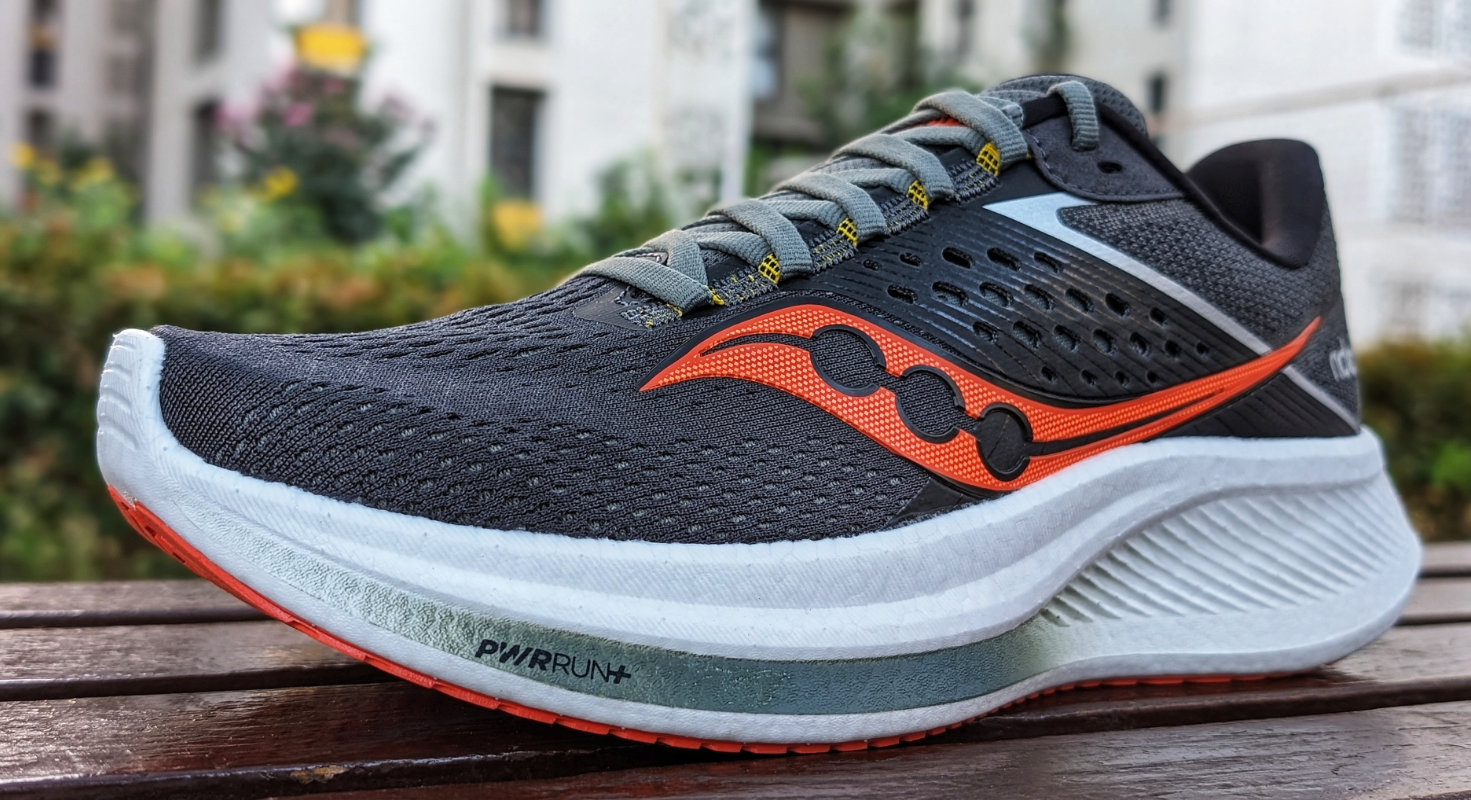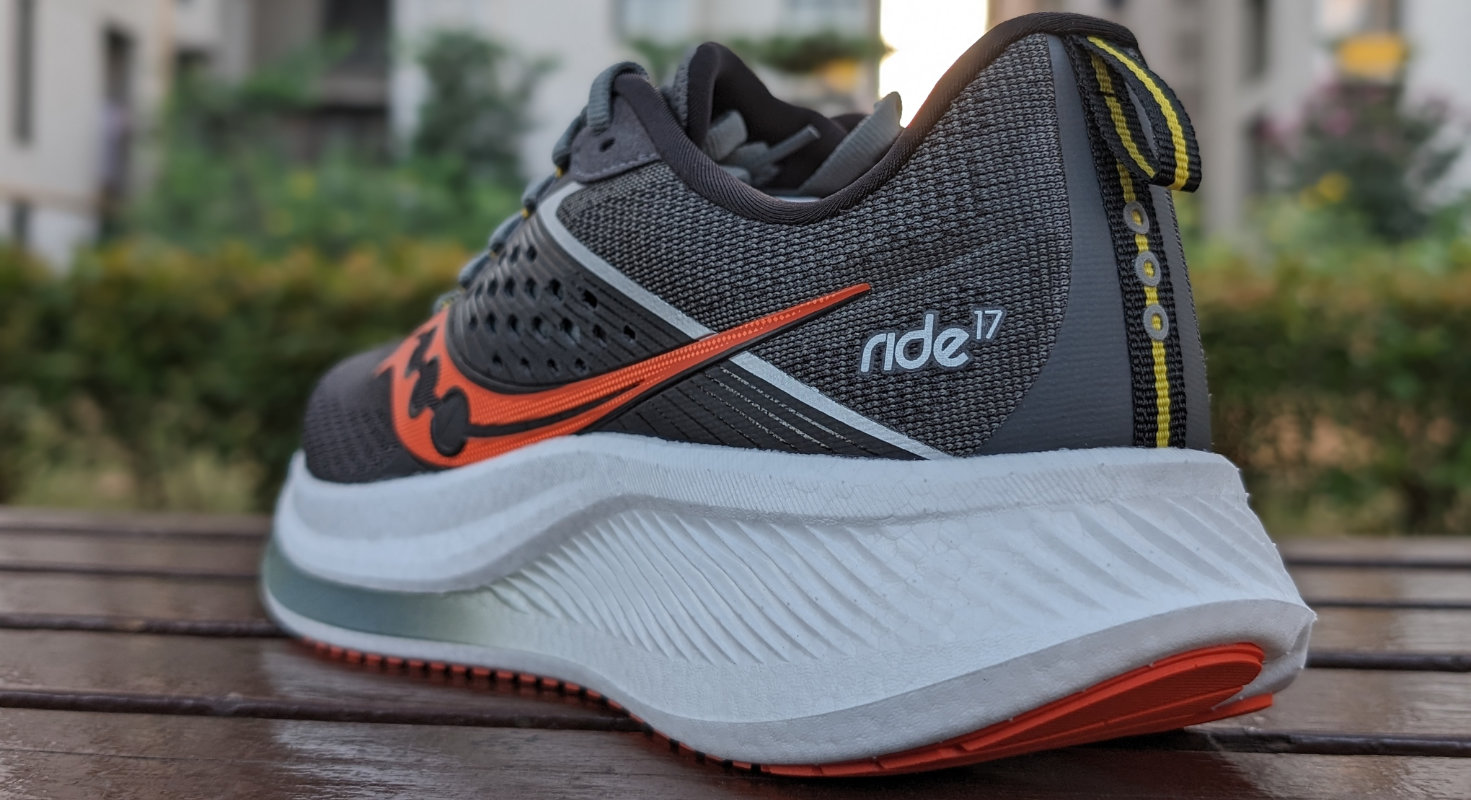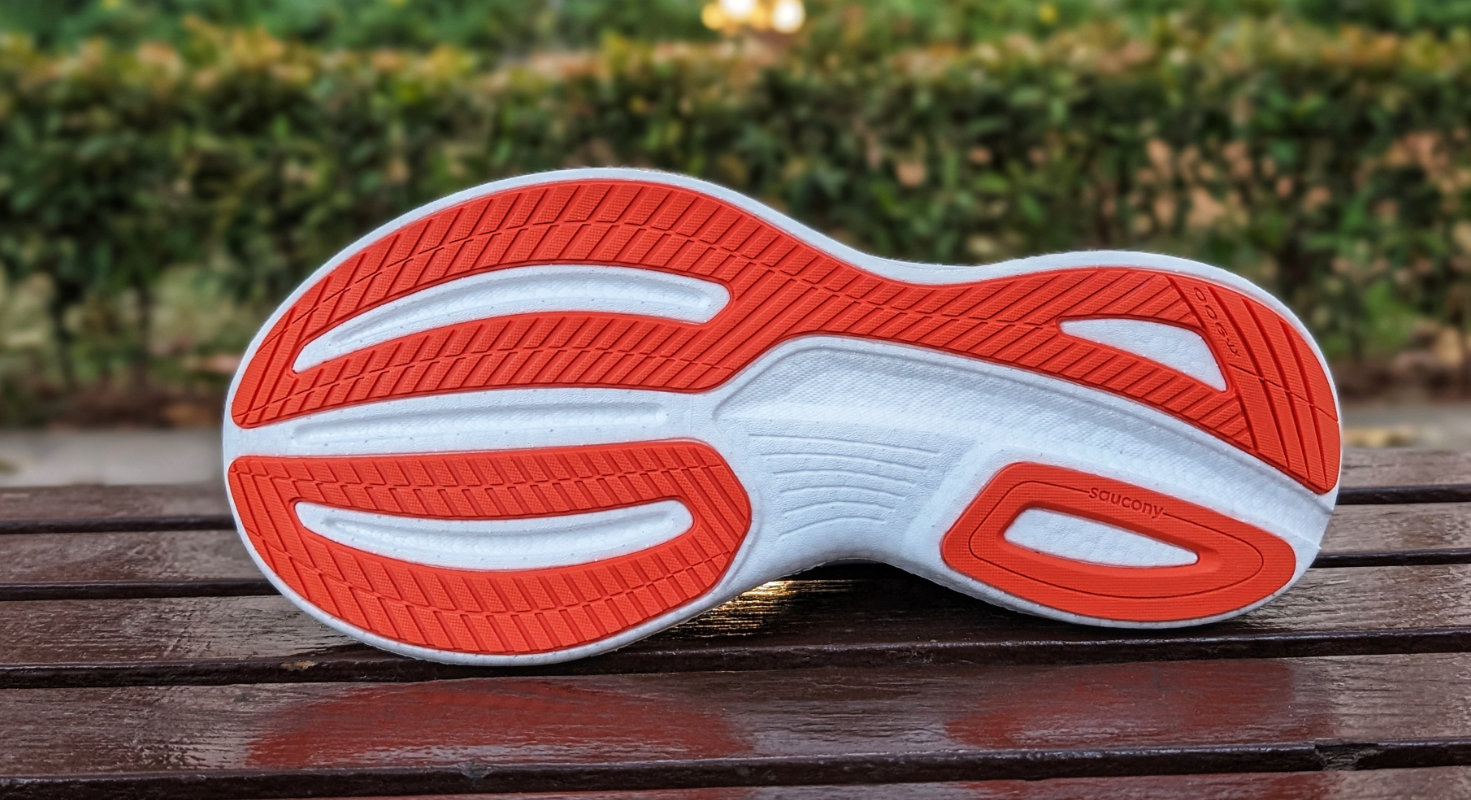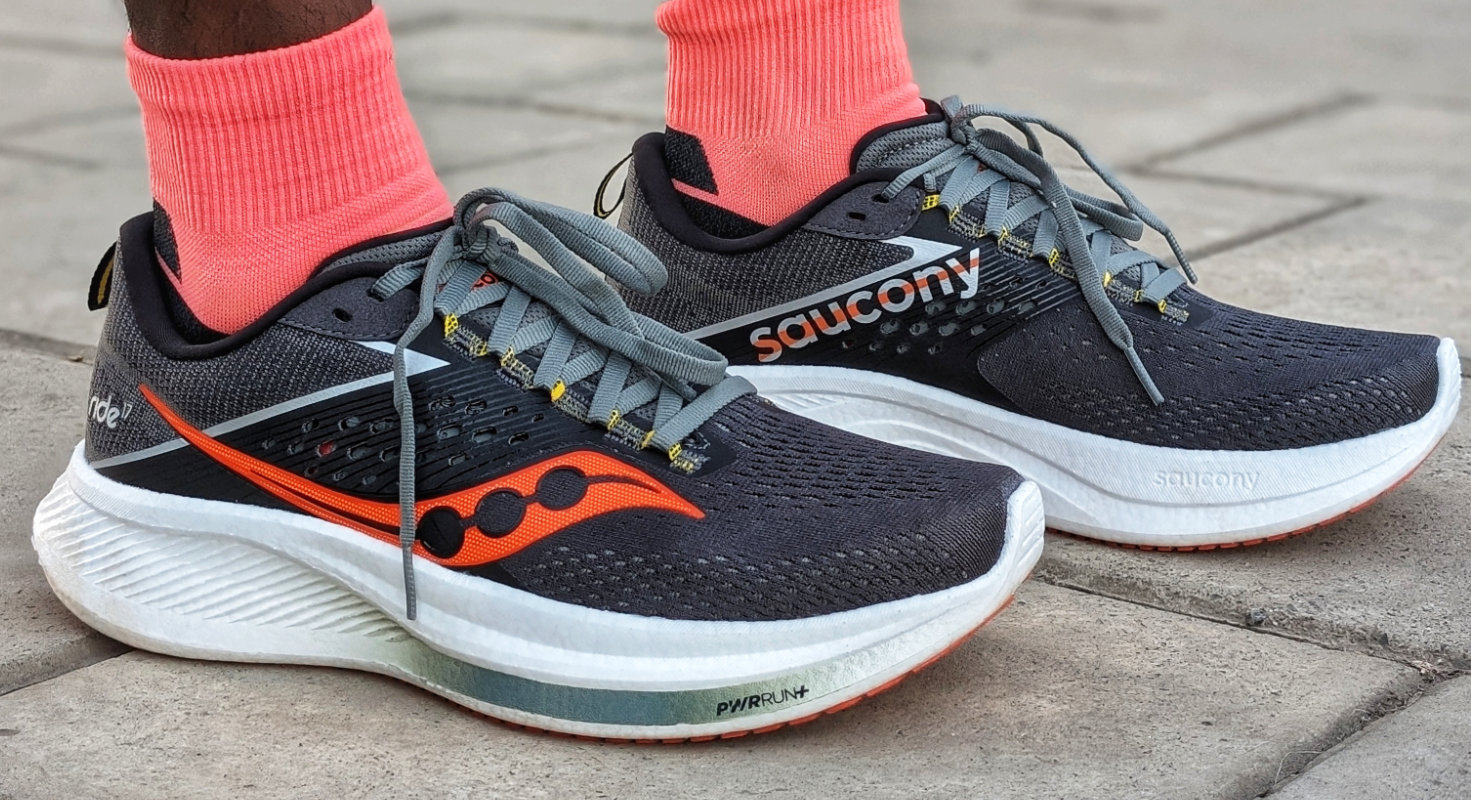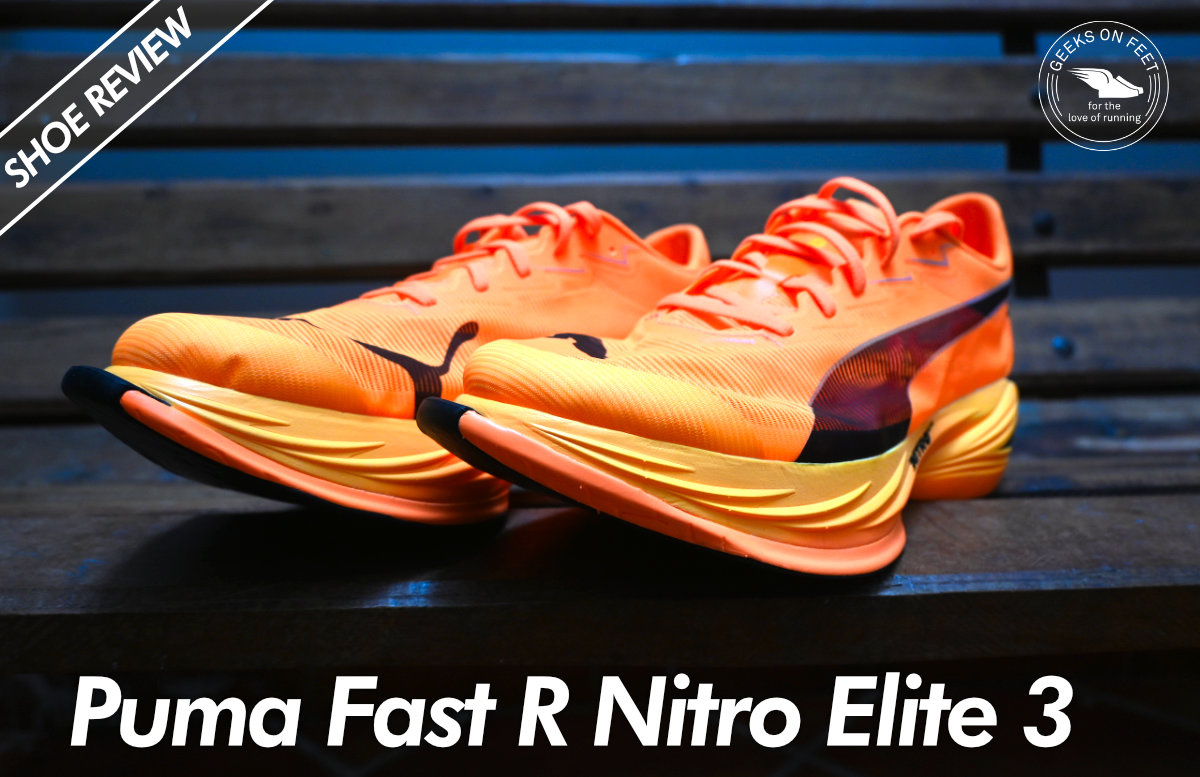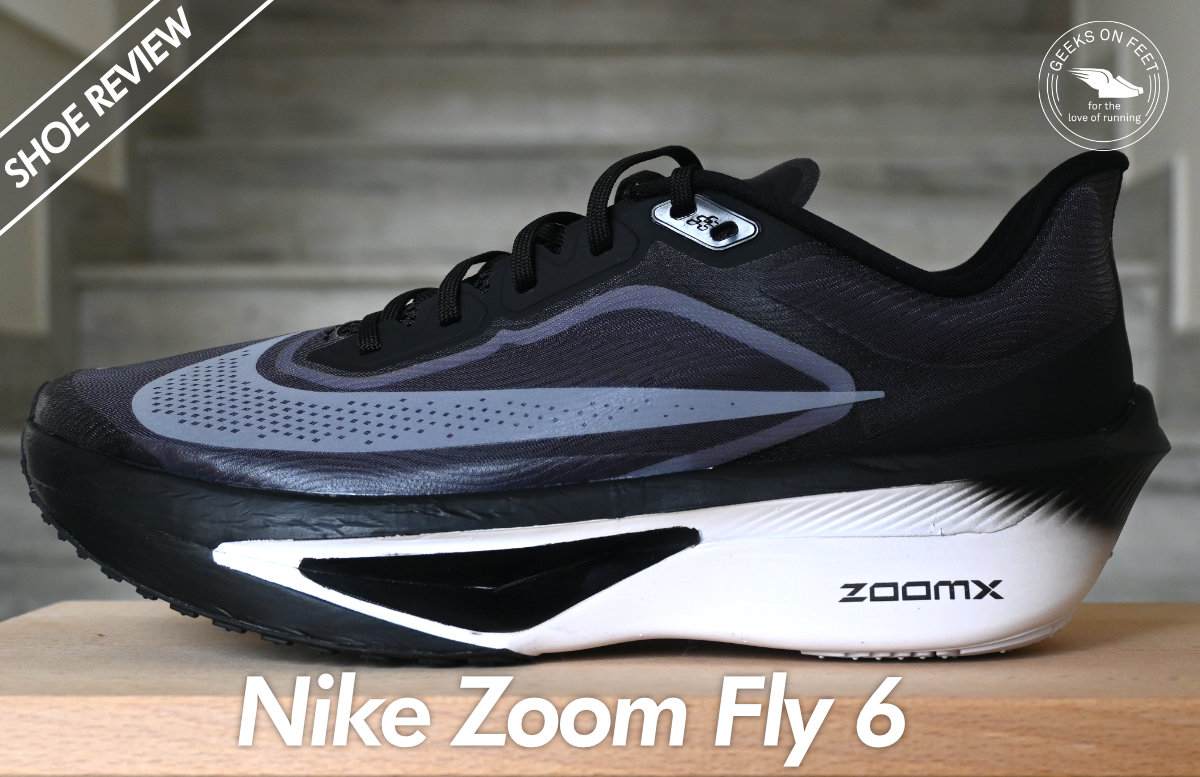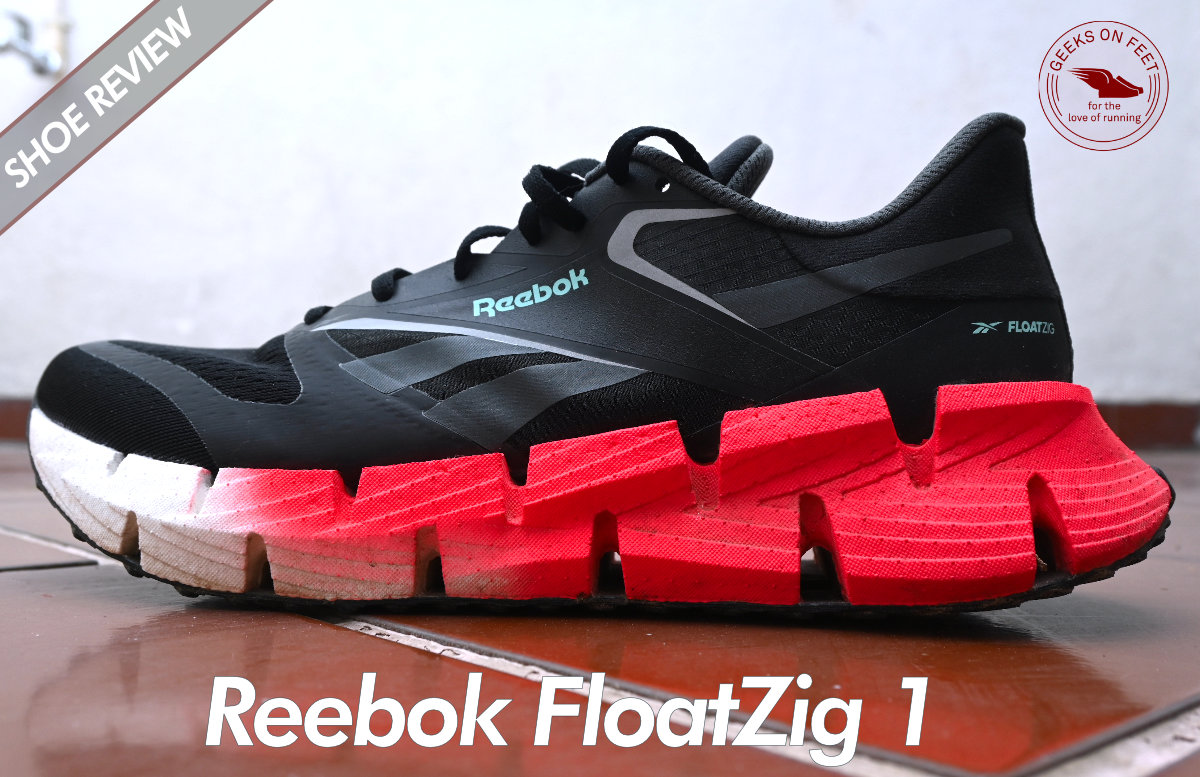Saucony Ride 17 Review
The premium daily trainer gets an upgrade which is largely a hit-and-miss!
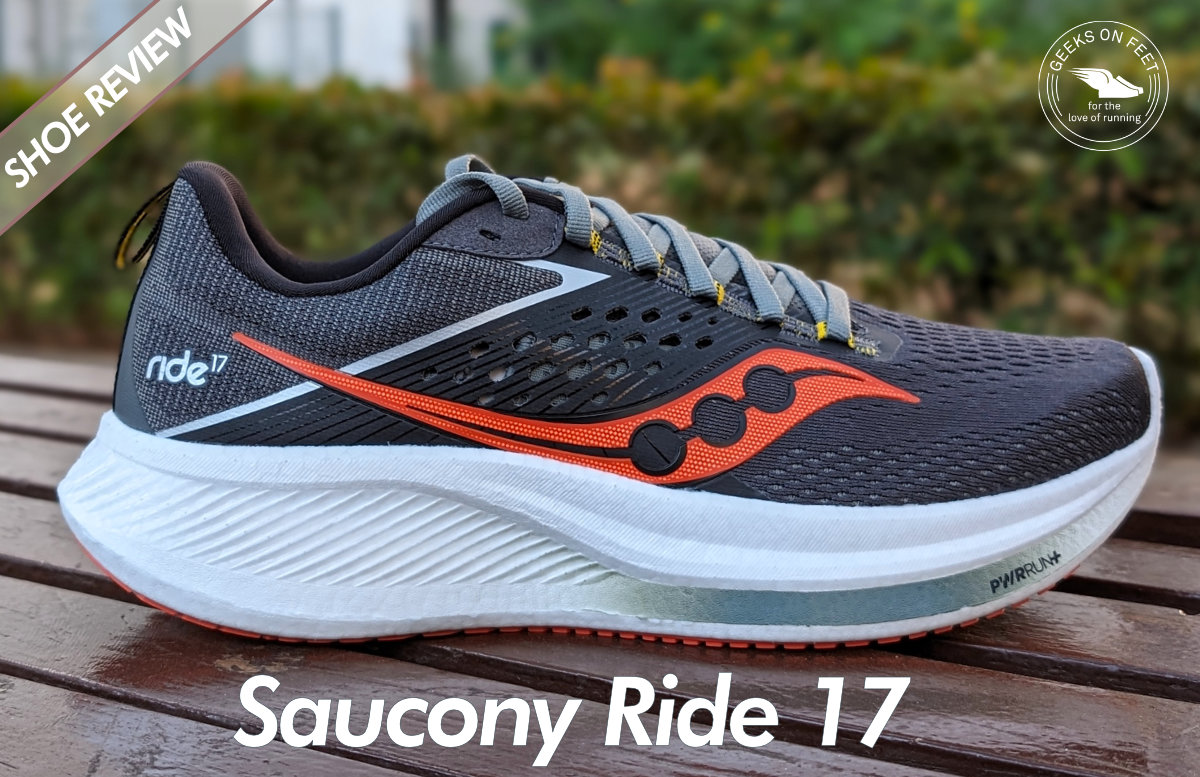
The last few years have been exciting for neutral daily trainers, with brands working on continuous innovation in an already competitive space. Saucony has been no different, revamping most of its lineup in late 2023, including the Ride series. The Ride 16 (review here) was one of my favorites in 2023 and my go-to neutral trainer throughout the last marathon season. The complete overhaul of this series caught my attention, and I quickly grabbed them, though the off-season delayed this review. Spoiler alert: it’s a bit of a hit and miss, especially if you have or had the Ride 16. Let’s dive into the detailed review.
Disclosure: Saucony India provided this pair of Saucony Ride 17s for review. Please be assured that our review is neutral and unbiased. This is not a sponsored post, and Saucony India has no influence over the content of this review.
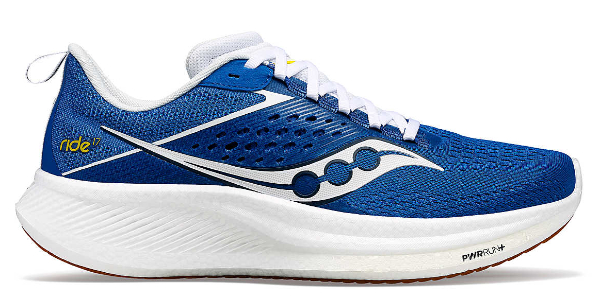
N.A
N.A
What makes up Ride 17?
I will not be surprised if you confuse the Ride 17 with the Triumph 20/21—the blue colorway looks strikingly similar. The similarity is not just limited to the look but also extends to the midsole and the upper. The primary excitement that drove me to get these months ago was the integration of the PWRRUN+ midsole, borrowed straight from the Triumph series—hands down, my favorite from Saucony. Unlike the Triumph, which is a maximal shoe, the Ride series is a reliable and durable daily trainer in Saucony’s lineup. This modern-day daily trainer is expected to be an all-rounder, suitable for easy runs, tempo runs, recovery runs, and even race day if it's the only shoe you have.
The Ride 17 has a stack height of 35mm at the heel and 27mm at the forefoot, featuring an 8mm drop, which is the same as the Ride 16. Beyond the stack height, the Ride 17 has undergone a complete revamp, with significant changes to the midsole, upper, and outsole. The Ride 17 also sees an increase in price, now priced at ₹14,990, though it is often available at a discount and was available for ₹11,990 when writing this review. The pricing pushes this trainer further into the premium category.
Midsole
The heart of the shoe—the midsole—was the sole excitement for me behind the Ride 17, as it features PWRRUN+ foam, an upgrade from the PWRRUN foam. While on paper, the upgrade doesn't look huge, it is a significant leap from incorporating the traditional EVA-based PWRRUN foam to a more resilient TPU-based PWRRUN+ foam. The PWRRUN+ midsole is borrowed from the premium maximal daily trainer, the Triumph, my favorite in Saucony's lineup. The change in foam is primarily to enhance the shoe's softness, energy return, and durability. The softness is evident with the durometer score of 21, similar to the Triumph 20. With a 35mm stack height at the heel, the shoe feels more grounded than the newer Nike Pegasus 41 and the Asics Novablast 4. Additionally, there is an additional insole, likely made of TPU-based foam, offering more softness to the run.
Upper
I really loved the upper in the Ride 16 and rate it as one of the best I have ever experienced in the daily trainer segment. Unfortunately, this changes with the Ride 17. While the newly engineered mesh hugs the foot comfortably and is very accommodating, the Ride 17 lags behind in breathability. The generously large ventilation holes fail to improve air circulation, especially at faster paces. In terms of fit, the shoe runs true to size for my UK 7 and has enough room to accommodate someone with a wide forefoot. The lateral side and the heel counter incorporate reflective elements to enhance visibility when running in the dark.
Heel
The Ride 17 features a rigid heel counter but isn't as generously padded as the Ride 16. I experienced heel slippage from the first stride, my initial complaint about this shoe, forcing me to stop and switch to heel-lock lacing. However, I didn't have any heel sensitivity issues, a positive, especially for someone with a Haglund's deformity. The heel counter has high sidewalls on both sides, making the ride stable at all paces. There's also a heel bevel, intended to aid gait efficiency, but it wasn't as effective as the implementation in Saucony's Shift 3.
Outsole
The outsole is where the Ride 17 outshines the Ride 16. I had concerns about the outsole in the Ride 16, which I mentioned in my review, and thankfully, Saucony has addressed them. The outsole coverage has been increased, and while it doesn't compare to the Nike Pegasus, this upgrade is certainly welcome. The rubber used is hard and durable, ensuring good friction and longevity.
WHY DID I CONSIDER TO REVIEW?
I was a big fan of Ride 16, and the rumours of PWRRUN+ foam integration in Ride 17 excited me, especially given its impressive performance in the Triumph 20. Since I also loved the breathability of Ride 16, I wanted one for this summer, although it did not quite live up to the expectations.
Ride Experience
I've run over 120 kilometers in the Ride 17, and my experience has been mixed. My first run was terrible, as I had to stop due to heel slippage. Since then, I've used heel-lock lacing, which immediately solved the issue. I've used the shoe for almost all kinds of runs, except long runs. The maximum distance I've run in them is 10K, with a few speed and tempo runs as well, mainly because I was easing through the off-season. Now that the running season is resuming, I'm still unsure if I'll lace up the Ride 17 for any runs exceeding 10K, as I have better options, including the Ride 16. The shoe required a break-in period and was initially difficult to run in.
While they felt soft when walking, they ran firmer and lacked energy return, even with the PWRRUN+ foam. The Ride 17 only comes alive at higher paces, with some energy return; otherwise, it feels clunky due to the added weight. At 282 grams for a UK size 8, it's almost 20 grams heavier than the Ride 16. On the positive side, the Ride 17 feels very stable and secure, thanks to the midsole's wide and flared-out design.
Fit and Comfort
Ride 17 fits true to size, and I have no complaints in that regard. Like the Ride 16, the forefoot is generously spacious, which is great for runners with wide feet. Since I use heel-lock lacing, the fit isn't as snug as the Ride 16 or Pegasus, but that's a personal preference. My main concern is breathability. Coming from the highly breathable Ride 16, I was disappointed. On a hot, humid day, I'd definitely choose the Ride 16 over the Ride 17. To be fair, the breathability isn't terrible; certainly not like the Asics Gel Nimbus; but it doesn't meet my expectations for the Ride series. On the plus side, the Ride 17 performed well on a heavy thunderstorm day, effectively wicking away water. I wasn't a fan of the semi-gusseted asymmetrical tongue, but it wasn't a deal-breaker.
Stability
Like its predecessor, the Ride 17 is a neutral trainer, but it offers an exceptionally stable ride. The addition of side walls on both the lateral and medial sides, along with a wider midsole, which flares out at the forefoot, contributes significantly to this stability. I’ll put Ride 17 in the neutral stable category, providing the necessary support for mild pronators.
Road Grip
The monsoon season has kicked-in for a month now, and I have been reaching for the Ride 17 for all my rainy runs, even during heavy thunderstorms. The shoe offers excellent traction, thanks to the increased rubber coverage. I have not taken them on any trails, and honestly, I would not recommend it. This is where the Ride 17 will fall slightly behind the likes of the Nike Pegasus, but this is not a deal-breaker. Thanks to the increased rubber coverage, the Ride series is more durable than ever. With over 120KMs on them, the rubber has softened only in the medial side of the heel, while they remain intact in forefoot as it was on day one.
Review Summary
Toe box
Forefoot
Heel
Size
Ventilation
Stability
Responsive
Cushioning
Grip
Ground Feel
PROS
CONS
RECOMMENDATION
The Saucony Ride 17 won't be an easy choice like its predecessor, as the upgrade seems largely hit-and-miss. I'd recommend the Ride 16 over the Ride 17 any day, with the only area where the Ride 17 scores well being durability. Undoubtedly, it's still a reliable trainer with more energy return than its predecessor, but there are better shoes out there, especially if you're a one-shoe person like I was a few years ago. If I could only afford and manage one shoe, I'd be more inclined towards Saucony's Shift 3, which is amazing. It excels in everything and can even be your race-day shoe, including for marathons.For me, the Ride 17 would be a short-distance, medium-pace companion. I'd pair it with the Triumph series for long runs, the Shift 3 for speed runs, and the Speed 3 for race day. If you're looking for a worthy daily trainer, the New Balance Rebel V4 (review here) is an excellent choice. It's extremely versatile and lightweight for its category, offering a more responsive and stable ride than the Ride 17. If you have the Ride 16, I'd recommend skipping the Ride 17. If not, this is still a good option.
SHOEGEEKS SCORE 80

Karthik
Recent Reviews
Puma Fast R Nitro Elite 3 Review
Oct 15 2025
Nike Zoom Fly 6
Jul 29 2025
Reebok FloatZig 1 Review
Jun 11 2025
